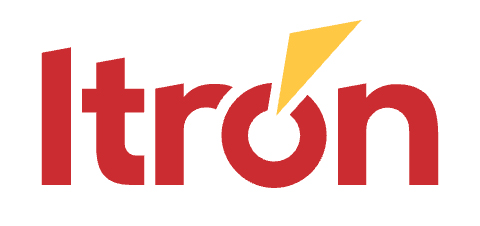Utilities across the globe are seeking a holistic strategy to integrate new technologies, improve consumer experience and interaction, increase reliability and serve new demand growth while constraining costs.
The changing market is creating a difficult trend for utilities to navigate. There is the trend for residential and small commercial customers to demand greater value and a more personalized experience from their energy provider, creating higher regulatory hurdles for utility rate cases.

Large commercial customers are demanding the ability to control their own consumption and spend on energy, pushing a more decentralized grid to support emerging microgrids where commercial (and some prosumers) distributed energy resources combine to create localized energy networks that can disconnect from the grid and operate autonomously.
As the new regulatory model becomes more prevalent, consumers—both large and small—are no longer bill payers, they are stakeholders. Their activities are driving the utilities’ direction.
Norway’s EV market share is the highest globally at 91.5%. This requires the right infrastructure to charge, manage and maintain these cars and the load they create on the electricity grid.
Large commercial customers are asking for higher power quality at lower prices. They are becoming transmission customers, and building their own substations, power generation and power control systems, where they can design grids to meet their specific needs.
These changes have large implications on how utilities manage capacity and account for energy transactions. These are a broad, complex set of challenges that require a long-range vision and extensible capabilities that will enable management of distributed assets and new technologies across multiple domains and geographies.
Itron’s strategy is to deliver the right information in the right place at the right time so our utility customers can meet the demands of their evolving markets and new regulatory business models. By enabling smart meter technology that exists at the edge of the network, using intelligent connectivity and smart devices, an active grid with intelligent connectivity is created to support this new market paradigm. Can this vision realistically be implemented into a viable solution that scales to meet the demands of the new market requirements? Yes.
A key pillar to building the broad solution is our distributed intelligence technology, which applies analysis, decision making and action at the edge, where visibility is highest, latency is lowest, and decision complexity is simplified. The first step is the ability to create, access, control, analyse and deliver power while monitoring and reacting to local events. Power delivered or created locally must be stable, reliable and dispatchable.
Distributed intelligence provides the platform to enable active demand response, advanced outage management, real-time electric vehicle charge management, Volt/Var optimization and a myriad of other key use cases that optimize the grid and enable customers to participate. Utility meters have gone from devices that simply measure consumption and demand to embedded Linux compute systems on the sides of every home and business.
With this shift in technology, utility use cases have access to high-resolution data up to 32kHz voltage and current waveforms, at every meter, enabling a multitude of use cases not possible previously.
The addition of peer-to-peer communications among meters and devices at the edge creates the capability for information sharing and learning among devices at the edge, enabling use cases such as real-time EV charge management and balancing to available service transformer capacity, and analysis of grid disturbances across devices to identify scope and location.
These Distributed Intelligence capabilities at the edge of the utility network enable real time optimization of the utility grid and active information and participation for utility customers and the ability to develop advanced solutions that meet the needs of smart cities, prosumers and future regulatory requirements, with ROI that expands over the life of the solution.
https://emea.itron.com/en/w/elfack-2025
Itron, Inc.
LinkedIn: www.linkedin.com/company/itroninc
X: www.x.com/itroninc
Newsroom: https://itron.com/newsroom
Blog: https://itron.com/blog
